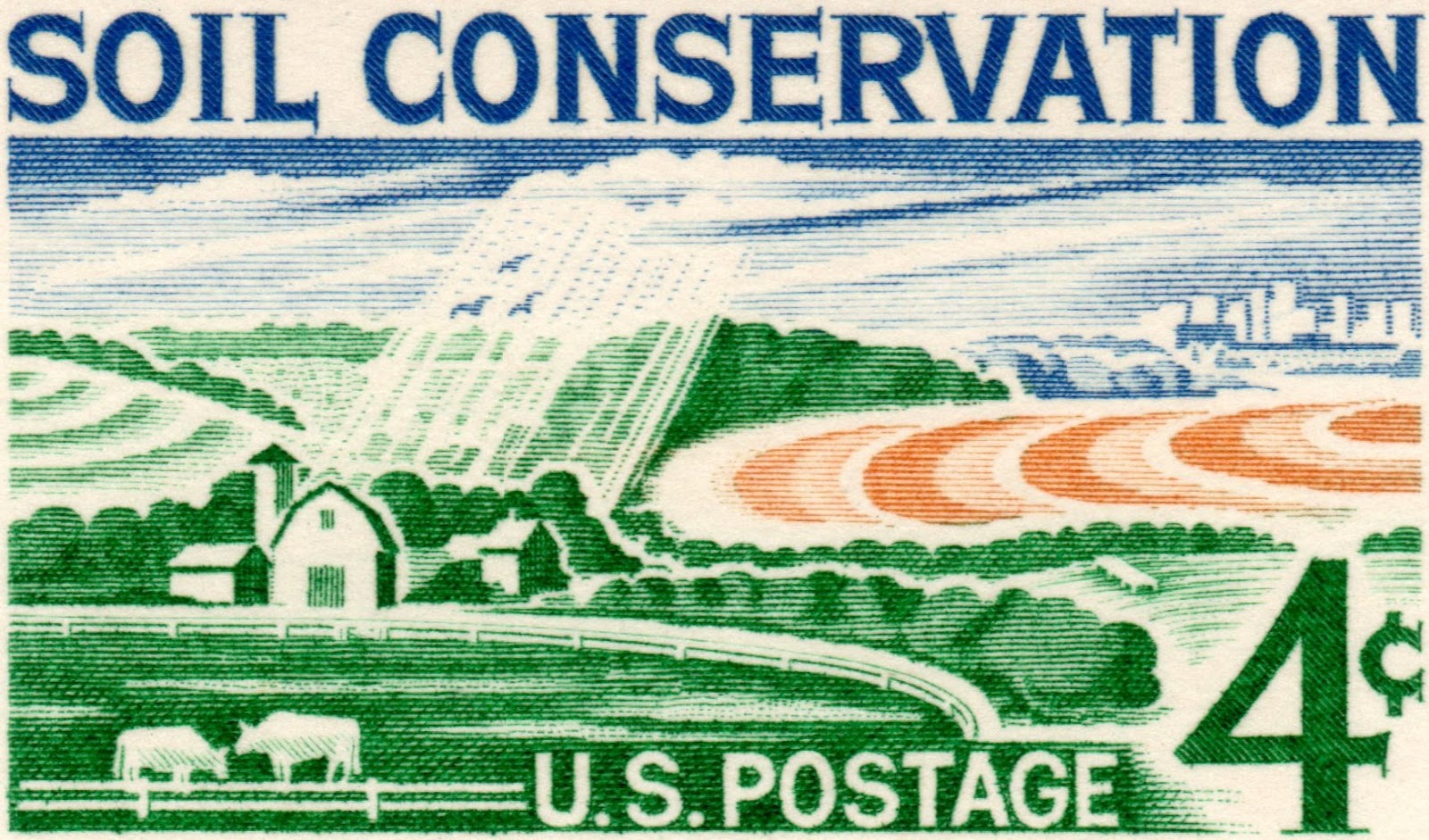We assessed the community-level effects of clothianidin-treated seed on the diversity and abundance of arthropod communities in a no-till corn agroecosystem over a single growing season.Epigeal and foliage-dwelling communities were disturbed by the clothianidin seed treatment, with significant negative and positive changes in taxa abundances. Clothianidin reduced the abundance of minute pirate bugs by 66.2%, lady beetles by 44.7%, ants by 43.4%, ground beetle adults and larvae by 31.7%, and rove beetles by 44.1% during the early corn growth stages. Herbivores, particularly thrips, were more negatively affected by clothianidin than other trophic groups. In contrast, some groups, such as collembolans and leafhoppers, exhibited significantly higher abundances in the seed treated plots. Clothianidin primarily influenced arthropod communities during the 4weeks following planting, with disruptions to major natural enemy taxa, but communities showed trends toward recovery at the later corn stages. While the insecticide suppressed multiple herbivores, none were economically damaging to corn; thus, the pest suppression benefits of clothianidin observed in this study did not justify the non-target impacts.
Source:
HH Disque et al. Pest Manag Sci (2018)

- Login om te reageren
